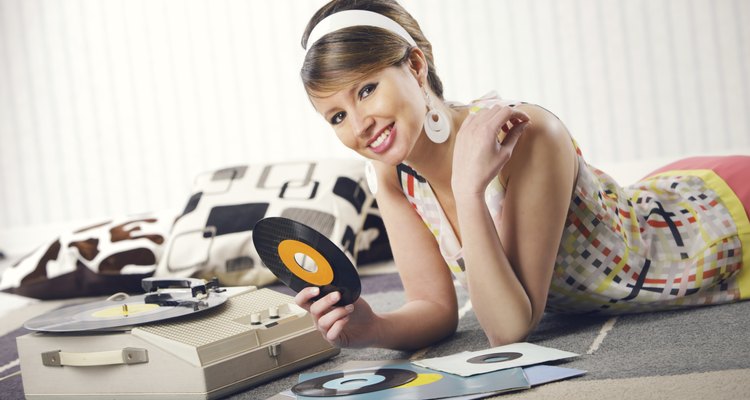
stokkete/iStock/Getty Images
The 1960s were famously about change, and as societal attitudes shifted, so did clothing. Children's wear, just like their parents' clothes, began the decade like the squeaky-clean 1950s and ended on the rainbow road to the hippie '70s. But styles didn't evolve at the same pace: While children's clothing was modeled on adults' at first, the youth culture that captured public imagination meant the equation was eventually reversed, and adult clothing began to resemble children's by the end of the '60s as young people let their hair and their inhibitions down.
A Traditional Beginning
Parents began the decade by dressing their offspring according to conventions of the conventional '50s. Just as there were rules for adult clothing -- women still wore dresses, hats and gloves when they went out; men wore suits and hats -- there were rules for children's clothing too. They were dressed similarly, but distinct from, adults, with adaptations for practicality such as sturdy dungarees for boys, shorter dresses for girls, and play clothes or rompers for children too young for school. The idea of pink for girls and blue for boys was well on its way -- the idea began before World War I -- and it wasn't until late in the 1960s, as feminism gained strength, that girly clothes in pink were left on the shelf in favor of a more unisex look.
Girls: Sugar and Spice, Dresses Like Mom's
Girls were required to wear skirts or dresses to school throughout the '60s. Skirts were full and waists were nipped in, just as adult women's dresses were, until A-line and tent shapes came into vogue. The miniskirt became popular for adult women mid-decade, but school dress codes didn't allow it. Some girls pushed the envelope with shorter skirts or culottes; schools often measured the length with rulers to decide whether they were OK. With the miniskirts came tights. A popular look was a jumper -- often in plaid -- with bow blouse or turtleneck and matching tights. In winter, since pants were outlawed, younger girls might wear coat-and-snowpants sets, leaving the outerwear in the cloakroom during the day. Sometimes girls wore pants or shorts outside of school for play, but jeans were not yet common.
Boys: Ready to Romp, With Short Hair Like Dad's
While little boys dressed for play rather than work, they followed Dad's model, with buzz-cut or short hair for most of the decade. The British Invasion finally made its mark on children's clothing by the end of the decade, when some boys wore their hair longer and traded their dungarees for bell-bottom jeans, but it wasn't the norm in many places -- some maintained a conservative aesthetic later called preppy. Shirts were boxy at the beginning of the decade and closer fitting near the end. Patterns and colors evolved from brights to earth tones.
Fads and Fashions
Children's fashions might not have changed as much as adults' during this turbulent decade, but some fads filtered down. One was "bleeding" madras plaid, in shirts, shorts and dresses. The plaid faded when washed -- that was part of the attraction. Girls and boys both adapted looks from Beatlemania, such as the Breton-style cap favored by John Lennon; boys wore "Beatle boots" and girls wore white go-go boots -- if they could get their parents to go along with the idea and the expense. For gym class, there were no must-have sneaker options, though -- just basic Keds-style tennis shoes, in black or white.
Related Articles
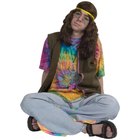
How Did Teenagers Dress in the '60s & ...
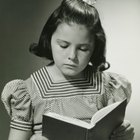
1930s School Clothes
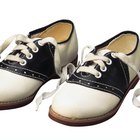
Children's Shoes in the 1950s

What Did Teenagers Wear in the '60s?
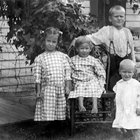
Children's Clothing From the 1920s
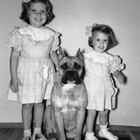
1950s Clothes for Children
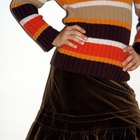
School Clothes in the 1900s
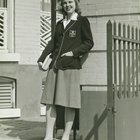
School Uniforms in the 1940s
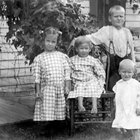
Children's Clothes in 1915
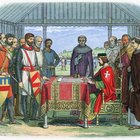
Kids' Clothing During the Medieval ...
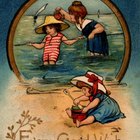
Children's Clothes in 1910
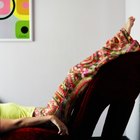
1970s Fashion Silhouettes
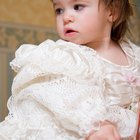
Children's Clothing of the 1800s
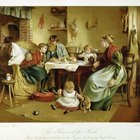
Children's Clothing in the 1900s
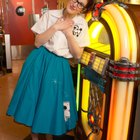
School Clothes for Girls in the 1950s

Men's Clothes & Styles in the 1920s & ...
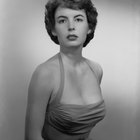
1950s Women's Fashion & Hairstyles
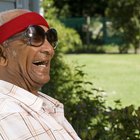
How to Wear an 80s Headband
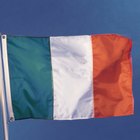
Irish Clothes of 1850

How Did Men Dress in the 1960s?
References
Writer Bio
Bonny Brown Jones has been a writer, columnist, copy editor and senior copy editor for newspapers that have included the "Orlando Sentinel," "Miami Herald" and "Columbus (Ohio) Dispatch." Jones has a Bachelor of Arts in English from Ohio State University.
Photo Credits
stokkete/iStock/Getty Images